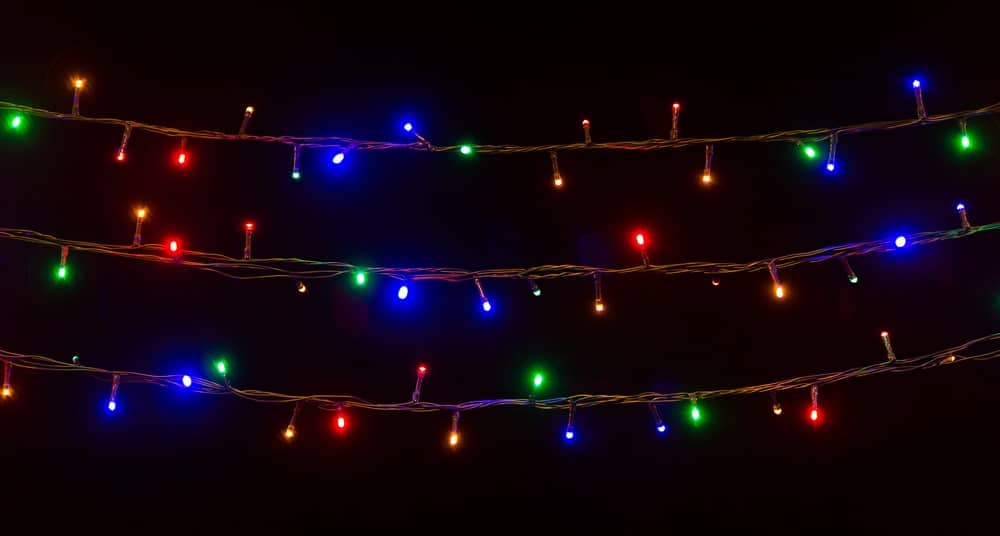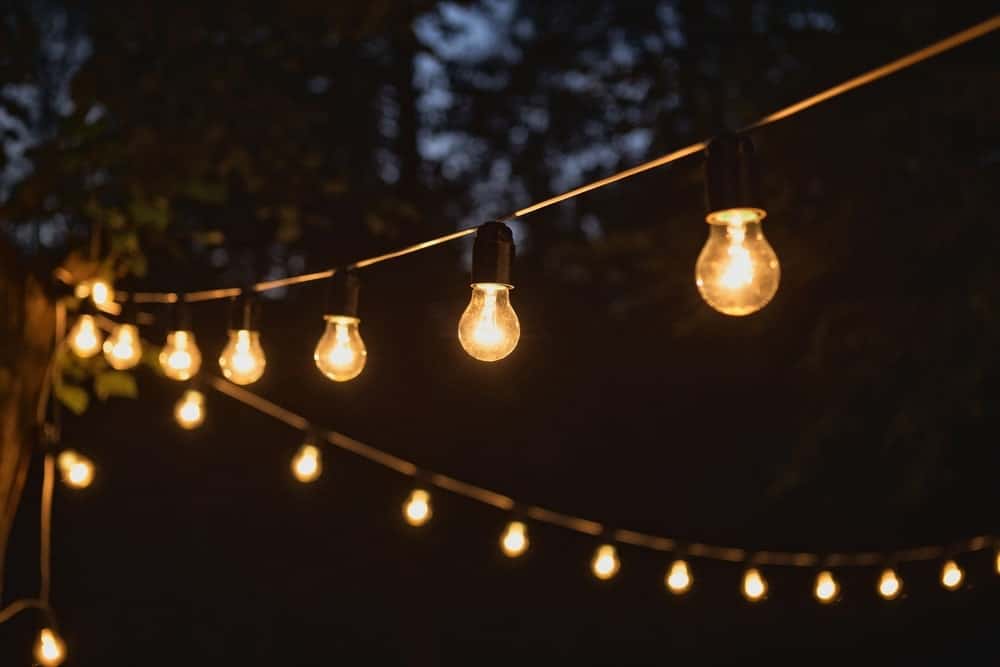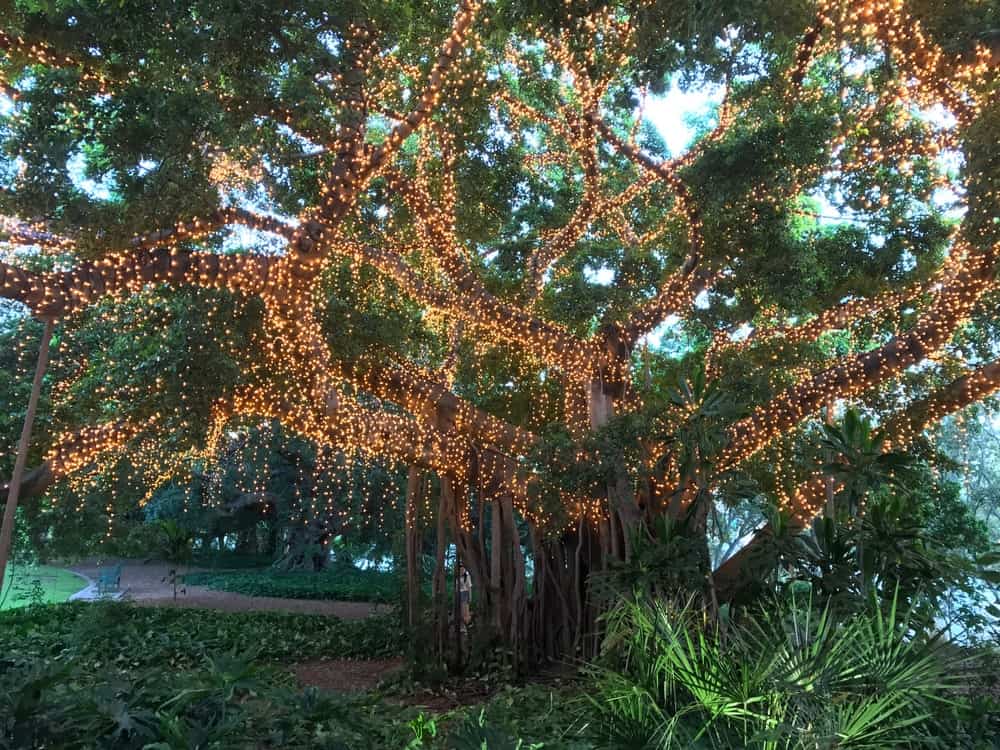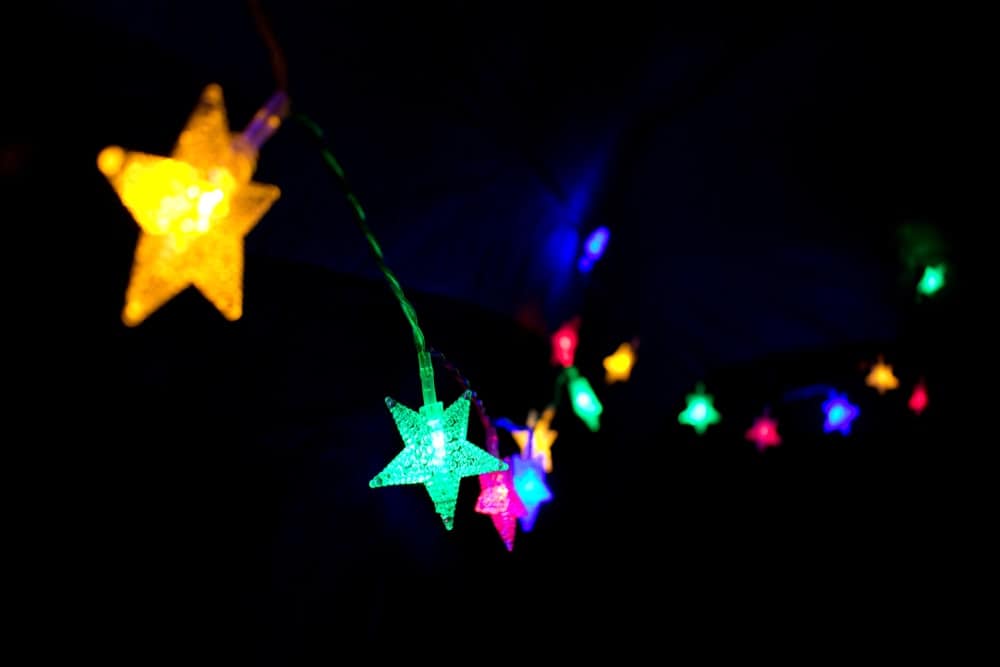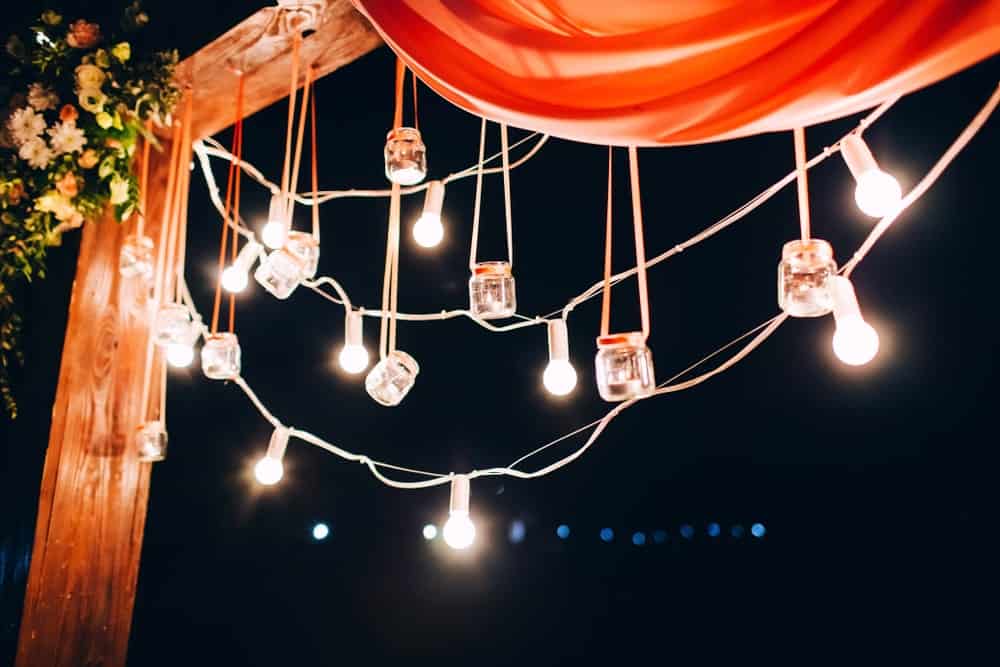5 Resolutions you must make in 2020 for your lighting needs
The US LED Lighting market is projected to cross the $10 billion mark by this year. Given this trend, let’s look at some of the most important
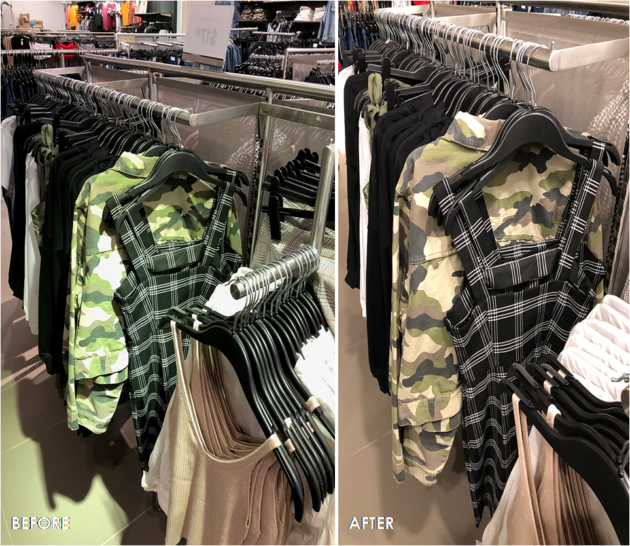
resolutions that we should keep while making lighting decisions this year:
1. Make better choices: Shift to LEDs
There’s no doubt that LED Lighting has swept the traditional lighting markets. As LEDs get more affordable with improving technology, the days of high utility bills are almost over. Prices of LED
Lights have been falling for the past five years and with easy affordability, high efficiency, durability and low maintenance, they make it so obvious for operators to go for them, instead of choosing traditional lights.
Being a highly efficient lighting technology, LED lighting has the potential to fundamentally change the future of lighting in the US. Their widespread use has the greatest potential impact on energy savings across the country. According to Energy.gov, by 2027, widespread use of LEDs could save about 348 TWh (compared to no LED use) of electricity: This is the equivalent annual electrical output of 44 large electric power plants (1000 megawatts each), and a total savings of more than $30 billion at today’s electricity prices.
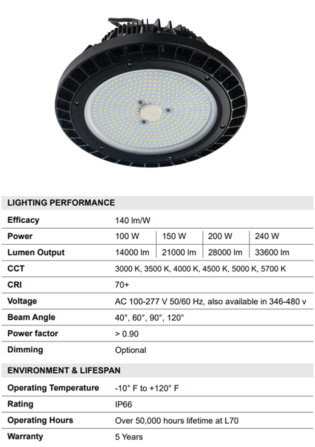 2. To make better choices, look at all the options together
2. To make better choices, look at all the options together
Making comparisons between choices is an ideal way to make better decisions. Judging the benefits of different lights by comparing several factors such as quality, features, cost, etc. to choose the one that best fits our requirements. When faced with such decisions, we can examine one option at a time or review all our options together.
In a study recently published in the journal Organizational Behavior and Human Decision Processes, people who viewed options together identified the best product more times than the ones who chose individually.
This has perhaps something to do with the possibility that with all the information in front of us, we compare the options more thoroughly and can identify the best option more easily. But, when faced with viewing options one at a time, we tend to form an overall judgment about each option and then have to go back and compare.
Here are some criteria to consider as you evaluate different lights:
- Cost: One of the major criteria for projects is its budget. Hence it is important to decide on a price range and compare LED light price quotations of the same brand or similar brands.
- Features: The features of a fixture outline its most important attributes that you might want to consider. It is imperative to decide on the features that best suit your requirements as you clearly would want to avoid paying extra for features that you don’t need at all.
- Operating Hours: Rated life, often referred by the number of operating hours until the LED lamp is emitting 70 percent of its initial light output is one of the key factors to decide on a luminaire. Most LED lights come with a rated life of up to 50,000 hours and some even premium fixtures like IKIO’s Superia UFO High Bay and Prima UFO high Bay come with 100,000 hours.
- Warranty: Every LED Light comes with its own warranty period and taking that into your considerations while choosing fixtures for your projects can have a significant impact.
3. Make informed choices: Read Warranty Terms carefully
A warranty is a manufacturer’s written agreement to repair a product or refund your money should the product not function properly. Manufacturers whose products are sold at retail by authorized dealers typically authorize them to deliver documents that contain the manufacturers’ undertaking with the products. ivermectina farmacocinética Manufacturers’ warranties are often framed in terms of assurance that the goods are free from defects in materials and workmanship and sometimes manufacturers undertake to repair or replace their products when a defect arises, for a certain period of time.

Some manufacturers cover only certain aspects of the fixture or its use while some cover the entire fixture with its components and add a disclaimer for its unspecified use. Take, for example, IKIO’s warranty conditions, which warrants the entire fixture including the LED, driver and fixture housing and clearly outlines its disclaimer for product damages caused by failure to follow installation, operating, maintenance or environmental instructions prescribed by IKIO or applicable electrical codes.
Hence, it is ideal and imperative to always read a warranty in its entirety, including the fine print, and ensure to understand its terms clearly. can i put ivermectin in dog food
4. Look for Safety Ratings that meet the desired application
Most of the LED lights sold in the United States have been tested and rated by an independent product safety certification organization. Underwriters Laboratories gives these products a UL Listing, and Intertek gives an ETL Listed mark. side effects of ivermectin overdose in dogs A RoHS certification would suggest a product’s compliance with the Restriction of the Use of certain Hazardous Substances in Electrical and Electronic Equipment (RoHS).
Every lamp would also come with IP (Ingress Protection) ratings to define levels of sealing effectiveness of the fixture against intrusion from foreign bodies and moisture.
In the case of explosion-proof LED lights intended for use in hazardous locations, it must contain IECEx and ATEX certifications, which describe general requirements for the construction, testing and marking of light fixtures for explosive atmospheres.
Since the food processing facilities are cleaned with high-pressure washdowns using corrosive chemicals. The lighting in these spaces is required to be NSF Certified to endure these tough conditions so that they contribute to the maintaining of a clean environment while safely lighting it up.
Every safety certification is unique and depends on the product and its intended application. Carefully accounting for these safety ratings vis-a-vis the light’s intended environment is an absolute necessity before considering any LED light.
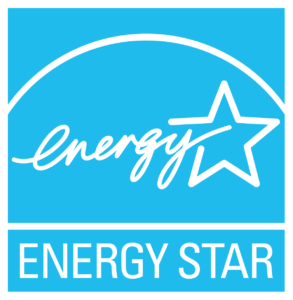 5. Capitalize on Energy Savings and Rebates
5. Capitalize on Energy Savings and Rebates
Rebates are an effective way to see the return on investment for your new LED lighting system in a few years. Of the 2,500 utility companies in the United States, 800 of them offer some form of a rebate for LED lighting projects and it is important to make use of these rebate programs managed on the state and municipal levels to get a leg up in savings.
In the States, energy-efficient products including LED Lights are eligible for rebates from utility companies and state governments. In many cases, users are also offered tax exemptions and tax credits. Although requirements vary by state and utility companies, there is one common requirement:
The Qualified Products List by DesignLights Consortium (DLC) includes high-quality and high-performing LED products. A project by the Northeast Energy Efficiency Partnerships (NEEP), the major mission of DLC is to ensure the implementation of improved design practices in all areas of the commercial lighting market.
Residential LED products with this label are eligible for rebates. Products that earn the ENERGY STAR label meet strict energy-efficiency specifications set by the US EPA helping you save energy and money while protecting the environment. Look up rebates and special offers near you on ENERGY STAR certified products here.
Lighting products are required to be subjected to rigorous laboratory tests and both the ENERGY STAR and DLC Listed labels guarantee high performance and qualification of those tests. Rebates make LED products much more affordable and at times even reduce their costs below that of the traditional lighting systems that don’t qualify for these rebates. A major thing to also remember is that many incentive programs are limited by a budget or expiration date and you risk missing out on them if you wait too long before upgrading to LED lighting systems.
This article is courtesy oc Ikio Led Lighting (ikioledlighting.com)




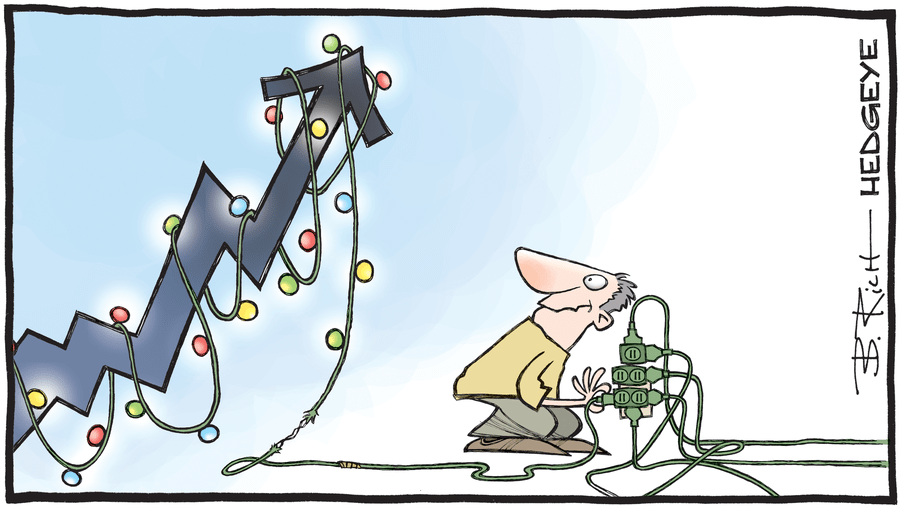 a nice break for your electric bill.
a nice break for your electric bill.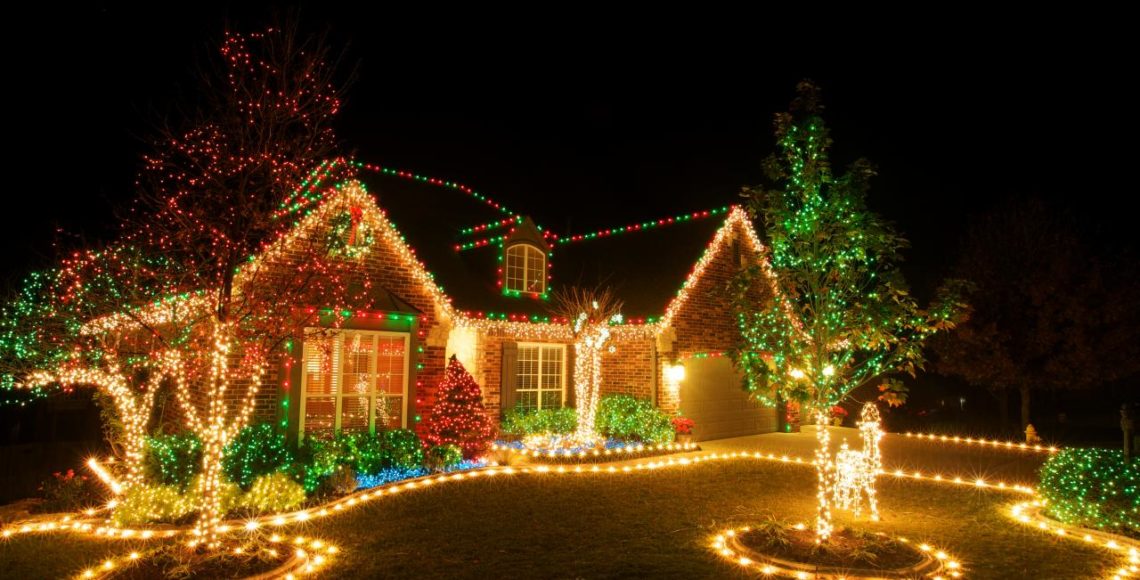
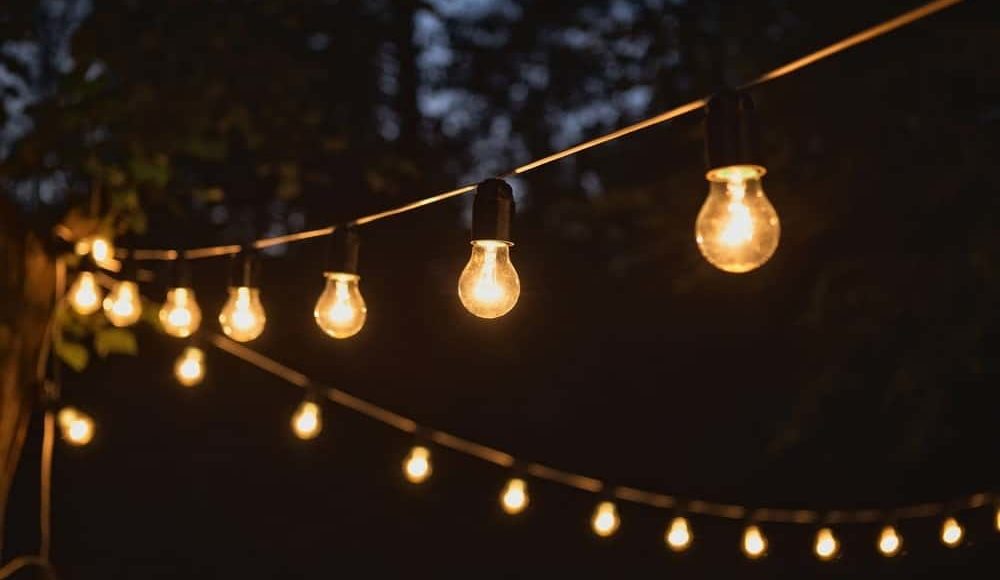

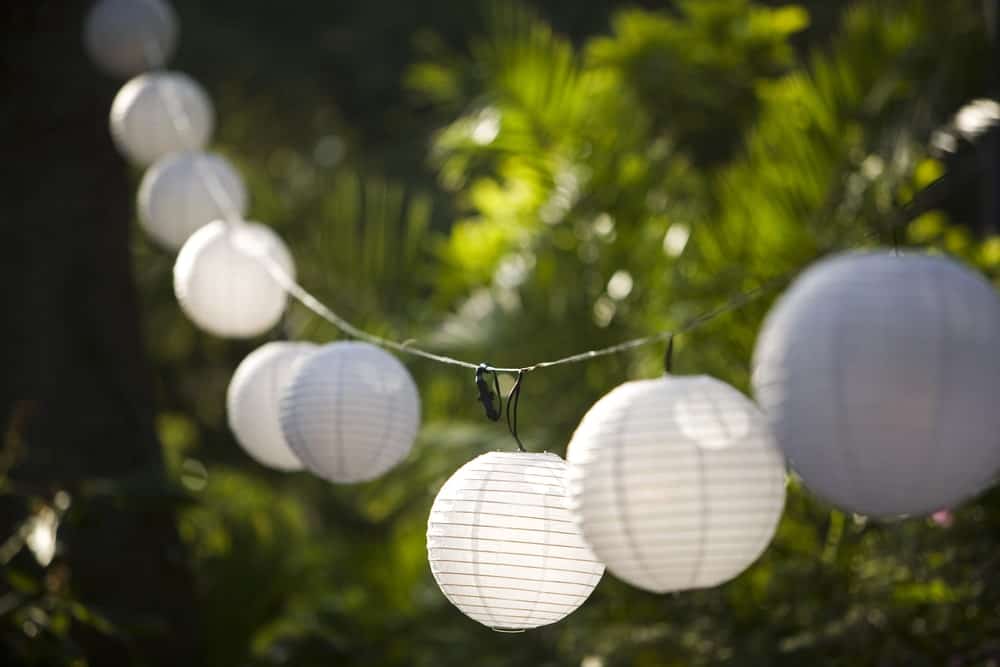 With lantern string lights, you get the opportunity to create a surreal lighting experience that is ethereal in every sense of the word. These lights appear like traditional paper lanterns but are made from tarpaulin – a durable cloth-like material that can last in all seasons – even in winters, too.
With lantern string lights, you get the opportunity to create a surreal lighting experience that is ethereal in every sense of the word. These lights appear like traditional paper lanterns but are made from tarpaulin – a durable cloth-like material that can last in all seasons – even in winters, too.